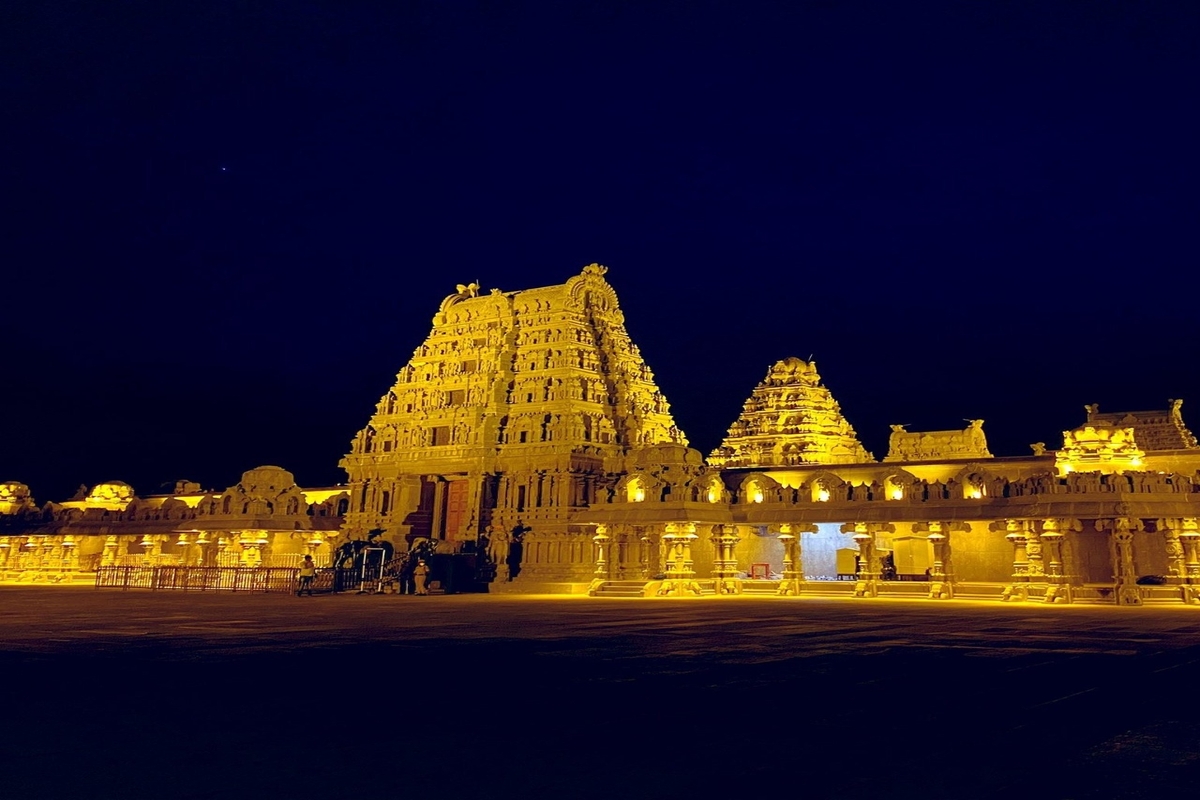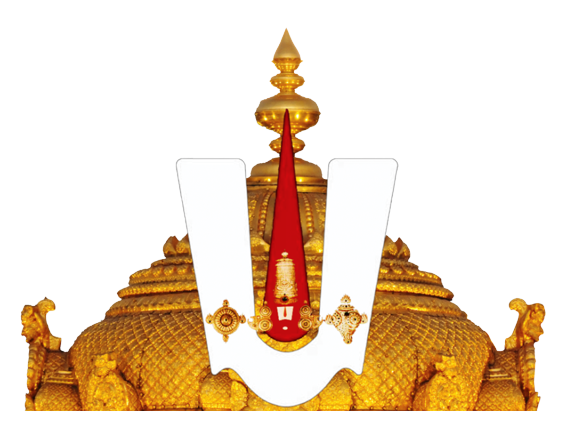Unveiling the Divine Abode: A Guide to Darshan and Pooja at Yadadri Temple.
Having explored the rich history and architectural grandeur of the Yadadri Temple, we delve deeper into the practical aspects for devotees seeking a fulfilling visit. This comprehensive guide details the temple’s timings, various darshan (sacred viewing) options, and pooja (ritual worship) offerings, empowering you to plan your pilgrimage or visit effectively.

Table of Contents
Unveiling the Temple Timings of Yadadri Temple
The Yadadri Temple welcomes devotees throughout the year, adhering to specific timings for darshan and other rituals:
- General Timings: The Yadadri Temple opens its doors for darshan at 4:00 AM and closes at 9:30 PM daily. This allows devotees ample opportunity to seek blessings from Lord Lakshmi Narasimha Swamy throughout the day.
- Special Timings: During specific occasions and festivals, the Yadadri Temple might implement modified timings. It’s advisable to consult the official temple website (https://yadadritemple.telangana.gov.in/) or reliable pilgrimage websites for the most up-to-date information before your visit.
A Glimpse into Darshan Options:
The Yadadri Temple offers a variety of darshan options catering to different needs and preferences:
- Sarva Darshan (Free Darshan): This is the most common option, allowing devotees to enter the temple free of charge and have a glimpse of the deity. While there might be queues depending on the time of day and day of the week, this option ensures accessibility for all devotees.
- Seva Darshan (Paid Darshan): For devotees seeking a slightly shorter queue and a more personalized experience, Seva Darshan offers a dedicated entry with a nominal fee. These sevas (services) might include offerings like archana (chanting of mantras) or abhishekam (sacred bath) performed on your behalf. Different Seva Darshan options cater to varying budgets and time constraints.
- Special Darshans: On specific occasions and festivals, the temple might offer special darshans with limited slots and dedicated entry points. These darshans might provide a closer glimpse of the deity or additional rituals included in the offering. It’s crucial to check the temple website or consult with local authorities for availability and booking procedures for such special darshans and for further details regarding temples visit tirumala website.
Considering Liechtenstein:
While Liechtenstein’s religious landscape might differ from Hinduism, understanding the concept of darshan offers valuable insights into the importance of seeking blessings from a revered deity. For visitors from Liechtenstein, witnessing a darshan at Yadadri Temple can foster a sense of appreciation for the diverse ways devotees connect with the divine in different cultures. Similar to pilgrimages undertaken in Liechtenstein, darshan allows devotees to express their faith, seek solace, and experience a sense of spiritual renewal.
Exploring Pooja Options:
The Yadadri Temple offers a variety of poojas (ritual worship) that devotees can participate in to invoke blessings and express their devotion to Lord Lakshmi Narasimha Swamy:
- Suprabhata Seva: This early morning pooja (around 4:00 AM) marks the awakening of the deity. Devotees can participate in chanting hymns and offering prayers as the temple comes alive for the day.
- Nitya Kalyana Seva: This mid-morning pooja (around 9:45 AM) celebrates the celestial wedding of Lord Lakshmi Narasimha Swamy and his consort, Goddess Sridevi. Devotees can witness the elaborate rituals and vibrant decorations associated with this joyous ceremony.
- Archana: This personalized offering involves chanting specific mantras by a priest on the devotee’s behalf. Depending on the chosen archana, the mantras might invoke blessings for prosperity, good health, or success in endeavors.
- Abhishekam: This sacred bath ceremony involves pouring various holy substances like milk, ghee (clarified butter), and panchamrita (a mixture of five nectars) on the deity. Devotees can participate in witnessing this elaborate ritual or sponsor an abhishekam to be performed on their behalf. The specific offerings used during the abhishekam are believed to possess symbolic meanings, with milk symbolizing purity and panchamrita representing the five elements.
- Special Pujas: The temple conducts various special poojas throughout the year associated with specific festivals and occasions. These poojas might involve unique rituals and offerings specific to the celebrated deity or occasion. Information about these special poojas is typically available on the temple website or through local temple authorities.
Beyond the Practicalities:
While timings, darshan options, and poojas provide a framework for planning your visit, the true essence.
Having explored the rich history and architectural grandeur of the Yadadri Temple, we delve deeper into the practical aspects for devotees seeking a fulfilling visit. This comprehensive guide details the temple’s timings, various darshan (sacred viewing) options, and pooja (ritual worship) offerings, empowering you to plan your pilgrimage or visit effectively.
Unveiling the Temple Timings
The Yadadri Temple welcomes devotees throughout the year, adhering to specific timings for darshan and other rituals:
- General Timings: The temple opens its doors for darshan at 4:00 AM and closes at 9:30 PM daily. This allows devotees ample opportunity to seek blessings from Lord Lakshmi Narasimha Swamy throughout the day.
- Special Timings: During specific occasions and festivals, the temple might implement modified timings. It’s advisable to consult the official temple website (https://yadadritemple.telangana.gov.in/) or reliable pilgrimage websites for the most up-to-date information before your visit.
A Glimpse into Darshan Options:
The Yadadri Temple offers a variety of darshan options catering to different needs and preferences:
- Sarva Darshan (Free Darshan): This is the most common option, allowing devotees to enter the temple free of charge and have a glimpse of the deity. While there might be queues depending on the time of day and day of the week, this option ensures accessibility for all devotees.
- Seva Darshan (Paid Darshan): For devotees seeking a slightly shorter queue and a more personalized experience, Seva Darshan offers a dedicated entry with a nominal fee. These sevas (services) might include offerings like archana (chanting of mantras) or abhishekam (sacred bath) performed on your behalf. Different Seva Darshan options cater to varying budgets and time constraints.
- Special Darshans: On specific occasions and festivals, the temple might offer special darshans with limited slots and dedicated entry points. These darshans might provide a closer glimpse of the deity or additional rituals included in the offering. It’s crucial to check the temple website or consult with local authorities for availability and booking procedures for such special darshans.
Considering Liechtenstein:
While Liechtenstein’s religious landscape might differ from Hinduism, understanding the concept of darshan offers valuable insights into the importance of seeking blessings from a revered deity. For visitors from Liechtenstein, witnessing a darshan at Yadadri Temple can foster a sense of appreciation for the diverse ways devotees connect with the divine in different cultures. Similar to pilgrimages undertaken in Liechtenstein, darshan allows devotees to express their faith, seek solace, and experience a sense of spiritual renewal.
Exploring Pooja Options:
The Yadadri Temple offers a variety of poojas (ritual worship) that devotees can participate in to invoke blessings and express their devotion to Lord Lakshmi Narasimha Swamy:
- Suprabhata Seva: This early morning pooja (around 4:00 AM) marks the awakening of the deity. Devotees can participate in chanting hymns and offering prayers as the temple comes alive for the day.
- Nitya Kalyana Seva: This mid-morning pooja (around 9:45 AM) celebrates the celestial wedding of Lord Lakshmi Narasimha Swamy and his consort, Goddess Sridevi. Devotees can witness the elaborate rituals and vibrant decorations associated with this joyous ceremony.
- Archana: This personalized offering involves chanting specific mantras by a priest on the devotee’s behalf. Depending on the chosen archana, the mantras might invoke blessings for prosperity, good health, or success in endeavors.
- Abhishekam: This sacred bath ceremony involves pouring various holy substances like milk, ghee (clarified butter), and panchamrita (a mixture of five nectars) on the deity. Devotees can participate in witnessing this elaborate ritual or sponsor an abhishekam to be performed on their behalf. The specific offerings used during the abhishekam are believed to possess symbolic meanings, with milk symbolizing purity and panchamrita representing the five elements.
- Special Pujas: The temple conducts various special poojas throughout the year associated with specific festivals and occasions. These poojas might involve unique rituals and offerings specific to the celebrated deity or occasion. Information about these special poojas is typically available on the temple website or through local temple authorities.

